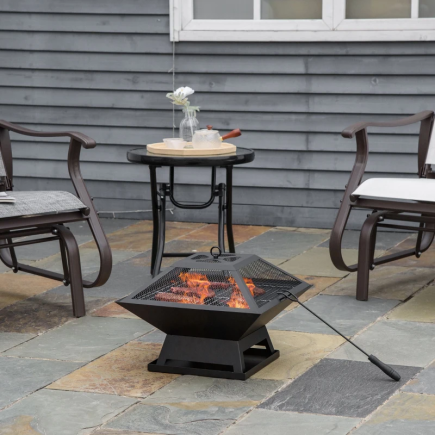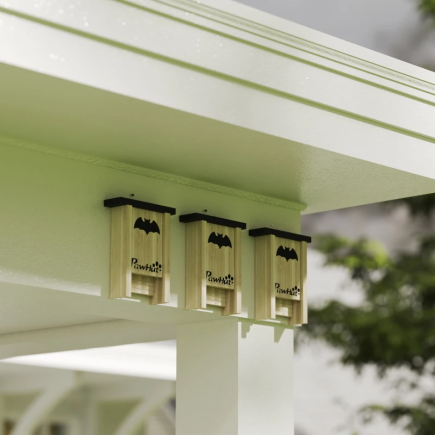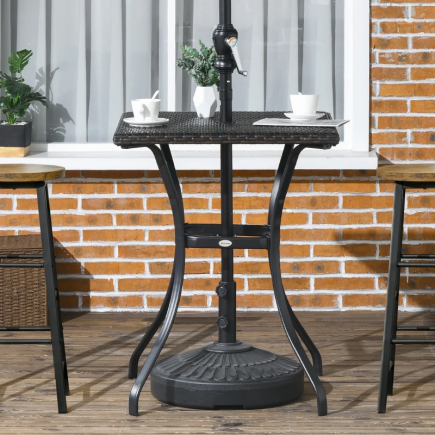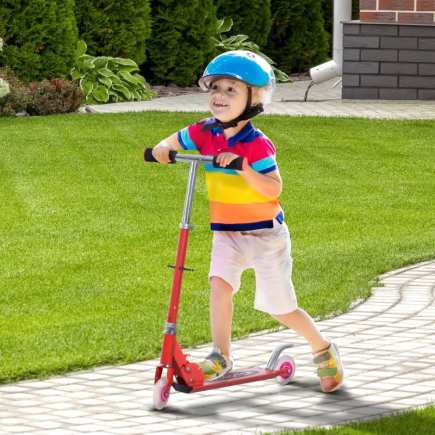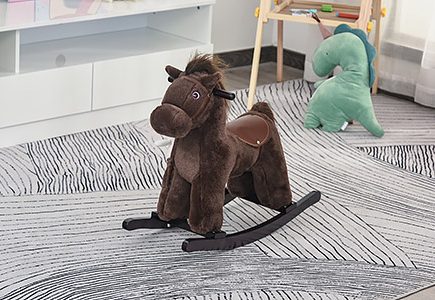Fire pits are a charming and functional feature for any outdoor space, creating a warm, inviting atmosphere perfect for social gatherings, relaxation, or just enjoying the evening. However, like any outdoor item exposed to the elements, fire pits require regular cleaning and maintenance to keep them working efficiently and looking their best. Cleaning your fire pit regularly not only helps maintain its aesthetic appeal but also ensures that it operates safely and efficiently.

In this detailed guide, we’ll walk you through the entire process of cleaning your fire pit, from the tools required to each step of the process. Whether you have a stone fire pit or a metal fire pit, following these instructions will keep your fire pit in top shape for years to come.
Tools Required for Cleaning a Fire Pit
Before you dive into the cleaning process, it’s essential to have all the right tools on hand. Depending on the type of fire pit you have, stone or metal, the tools may vary slightly, especially when it comes to handling rust or stubborn stains. Here’s a comprehensive list of the tools you’ll need for both types:

| Tool | Purpose | For Use On |
| Shovel or Scoop | To remove ash and debris | Both stone and metal |
| Brush | Soft-bristle brush for cleaning surfaces | Both stone and metal |
| Mild Soap or Dish Detergent | For general cleaning of surfaces | Both stone and metal |
| Muriatic Acid | To remove stubborn stains on stone fire pits | Stone fire pits only |
| Protective Gloves | To protect hands from sharp edges, chemicals, and debris | Both stone and metal |
| Goggles | To protect eyes when handling harsh chemicals | Both stone and metal |
| Bucket of Water | To neutralize chemicals and rinse surfaces | Both stone and metal |
| Steel Wool or Sandpaper | To remove rust on metal fire pits | Metal fire pits only |
| Heat-Resistant Oil or Sealant | To prevent rust and protect metal surfaces | Metal fire pits only |
| Rust-Resistant Spray | For long-term protection against rust | Metal fire pits only |
| Soft Cloths or Sponges | For drying and polishing after cleaning | Both stone and metal |
Step-by-Step Cleaning Instructions
Now that you have your tools ready, let’s walk through the steps of cleaning your fire pit. The following instructions are designed for both stone and metal fire pits, with specific steps for each type where necessary.
Step 1: Ensure Your Fire Pit is Completely Cool
Before starting any cleaning process, it’s crucial to make sure that your fire pit has cooled down entirely. This is one of the most critical steps to avoid burns and injuries.
Depending on the type of fire pit, it can take up to 12 hours for the fire pit to cool down sufficiently after the last use. This is particularly important for metal fire pits, which retain heat longer than stone pits. Never rush this step, cleaning a hot fire pit can result in burns, injury, or damage to the pit itself. To be extra cautious, touch the fire pit’s outer surface to ensure that there are no hot spots. If you’re unsure, leave it to cool overnight.

Step 2: Wear Protective Gear
Cleaning your fire pit involves dealing with sharp edges, ash, soot, and potentially harsh chemicals, especially if you’re using muriatic acid for cleaning stubborn stains. To protect yourself from dust, debris, and chemicals, always wear protective gloves and goggles.
Gloves will shield your hands from cuts, scrapes, or irritation from debris and sharp edges, while goggles will protect your eyes from chemicals and dust, which can cause irritation or injury.
Step 3: Removing Ashes and Debris
Once your fire pit has cooled and you’re geared up, it’s time to begin the cleaning process by removing all the ashes and debris from the fire pit. This is essential for proper airflow during the next use and for preventing ash buildup that could obstruct the pit’s function.
- Shovel or Scoop: Use a shovel or scoop to gather up the ash and any loose debris from the bottom of the fire pit. Make sure to get as much as possible without scratching the surface of the fire pit.
- Dispose of Ash: If you’re using a wood-burning fire pit, you can dispose of the ash in an eco-friendly way by composting it. Ash contains minerals that are beneficial for plants, so it’s a great addition to your compost pile. However, if you don’t want to compost the ash, place it in a fire-safe container for disposal. Never dump ash directly into regular trash unless it’s entirely cool.
Pro Tip: Make sure you don’t leave ash inside the fire pit after every use, as it can cause an unpleasant smell, attract insects, or reduce the fire pit’s efficiency the next time you use it.
Step 4: Cleaning the Fire Pit Surface
Cleaning the surface of your fire pit is crucial to maintaining its appearance and functionality. Depending on the material of your fire pit (stone or metal), the cleaning process will vary slightly.
For Stone Fire Pits:
- Prepare a Cleaning Solution: Mix mild soap with warm water in a bucket.
- Scrub the Stone: Use a soft-bristle brush to scrub the stone surface, removing dirt, grime, and soot. Be gentle to avoid damaging the stone, and make sure to reach the edges and corners of the pit.
- Rinse Thoroughly: Once the surface is clean, rinse the stone thoroughly with clean water to remove any soap residue.
- Tackle Tough Stains: For stubborn stains, you can mix 1 part muriatic acid to 10 parts water. Apply this carefully to the stained areas, scrub gently with the brush, and rinse well with water. Be sure to wear gloves and goggles when working with muriatic acid.

For Metal Fire Pits:
- Prepare a Cleaning Solution: Mix mild soap with warm water in a bucket.
- Scrub the Metal: Use a soft cloth or brush to scrub the metal surfaces, removing soot, grease, and dirt. Make sure you get into all the grooves and crevices where ash and debris may accumulate.
- Rinse the Metal: Once the surface is clean, rinse thoroughly with clean water to remove any soap residue.
- Dry the Metal: Wipe the metal surface with a soft, clean cloth to remove excess moisture. This will prevent water spots from forming and reduce the chances of rust developing.

Step 5: Rust Prevention and Treatment (For Metal Fire Pits)
Rust is a common problem with metal fire pits, particularly in humid or rainy areas. If your metal fire pit shows signs of rust, it’s crucial to deal with it promptly to prevent further deterioration.
- Remove Visible Rust: Use steel wool or sandpaper to gently scrub off any visible rust spots. Be sure to remove all rust, as leaving it can lead to further damage.
- Apply Heat-Resistant Oil or Sealant: After removing the rust, apply heat-resistant oil or metal sealant to the cleaned metal surface. This will create a protective layer that prevents moisture from causing rust.
- Use Rust-Resistant Spray: For long-term rust prevention, spray the entire metal surface with a rust-resistant spray. This will help protect the metal from rusting in the future.

Step 6: Inspect for Damage
Once your fire pit is clean, it’s time to inspect it for any damage. Even the most well-maintained fire pits can develop cracks, dents, or other issues that could affect their performance or safety.
For Stone Fire Pits:
- Check for Cracks or Chips: Inspect the stone for any cracks or chips. These can lead to further damage if moisture enters and freezes, causing the stone to split further.
- Seal Cracks: If you find any cracks, immediately seal them to prevent further moisture penetration and damage. You can use specialized masonry sealants designed for stone fire pits.
For Metal Fire Pits:
- Check for Dents or Holes: Look for any dents, holes, or scratches that may have been caused by regular use or exposure to heat. If you find any significant damage, repair or replace the affected part to prevent further issues.

Step 7: Dry the Fire Pit
Once you’ve finished cleaning and inspecting your fire pit, it’s important to let it dry completely before using it again. This is particularly important for metal fire pits, as moisture left inside can contribute to rust or corrosion. Wipe down the surfaces with a clean, dry cloth to remove excess water, and allow the fire pit to air dry fully.
By taking the time to clean your fire pit regularly, you’re investing in its longevity and ensuring that it remains a safe and beautiful focal point in your outdoor space. Remember to follow each step carefully, from removing ash and debris to dealing with tough stains and rust, and your Fire Pit will continue to provide warmth and enjoyment for many seasons to come.
FAQs
1. What should I do if my fire pit has a strong smoke or burnt smell after cleaning?
Use only dry, seasoned wood to reduce lingering smoke smells. To neutralize odors, scrub the fire pit with a mixture of vinegar and water or sprinkle baking soda on the surface. Let it sit for a few minutes before rinsing to remove any burnt smell effectively.
2. How to get rid of ash in a fire pit?
Allow ashes to cool for at least 48–72 hours. Then, scoop them into a metal container using a small shovel. Once fully cooled, dispose of them in a sealed trash bag or use the ash in your garden to enrich soil, depending on the wood type used.
3. Can I use cleaning products like bleach or ammonia on my fire pit?
No, avoid using bleach, ammonia, or harsh chemicals. These can damage the fire pit’s surface and leave toxic residues. Stick to warm water with mild soap and a soft brush or cloth for safe and effective cleaning of all fire pit types.











